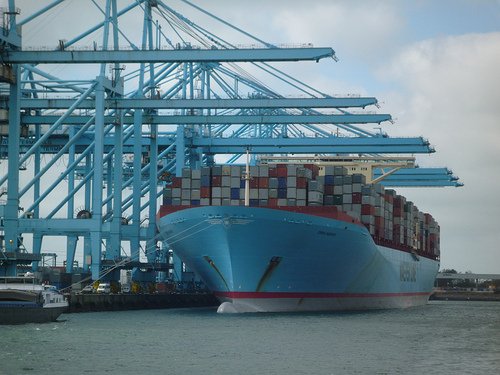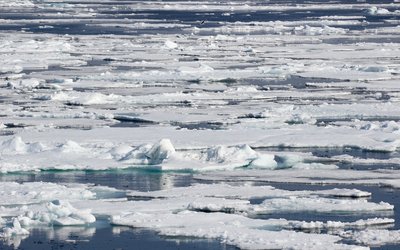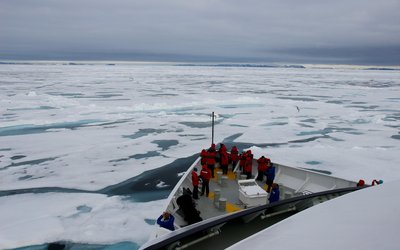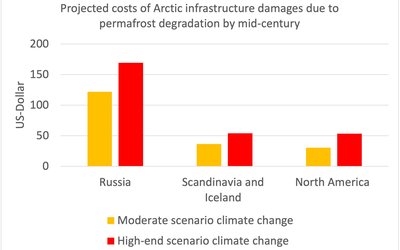
The Port of Rotterdam (Netherlands) is an example of a seaport that has already taken steps toward adaptation. This port joined forces with other stakeholders to develop the Rotterdam Climate Proof Programme, which aims to make the city “fully” resilient to climate change impacts by 2025 and ensure that Rotterdam remains one of the safest port cities in the world. The adaptation strategy focuses on flood safety, accessibility for ships and passengers, adaptive building, the urban water system, and city climate. New port developments including port reconstruction are designed to be climate-proof and climate change assessments are integrated into the port’s spatial planning.
In an essay that provides a consensus of expert opinions, port planners and operators, engineers, financers, economists, climate scientists and port policy makers distinguished between soft and hard strategies to make global ports more resilient with respect to climate change:
- Soft strategies and least Regrets: Enhance emergency evacuation plans, Consider adaptation in long-range plans, Learn from those at the forefront, Create Financial instruments to support adaptation, Improve decision support tools and information, Increase standards of port construction to deal with higher winds, Increase funding for dredging and beach nourishment programs.
- Hard strategies: Expand dredging and nourishment programs to handle increased quantity of sediment shifting, Increase Breakwater Dimensions, Move facilities and managed retreat, Raise port elevations, Raise transport levels or build coastal defences, Increase port size to deal with bottlenecks.
Source: Becker et al., 2013. Climatic Change 120: 683–695.
Photo: Radio Nederland Wereldomroep (www.flickr.com)








